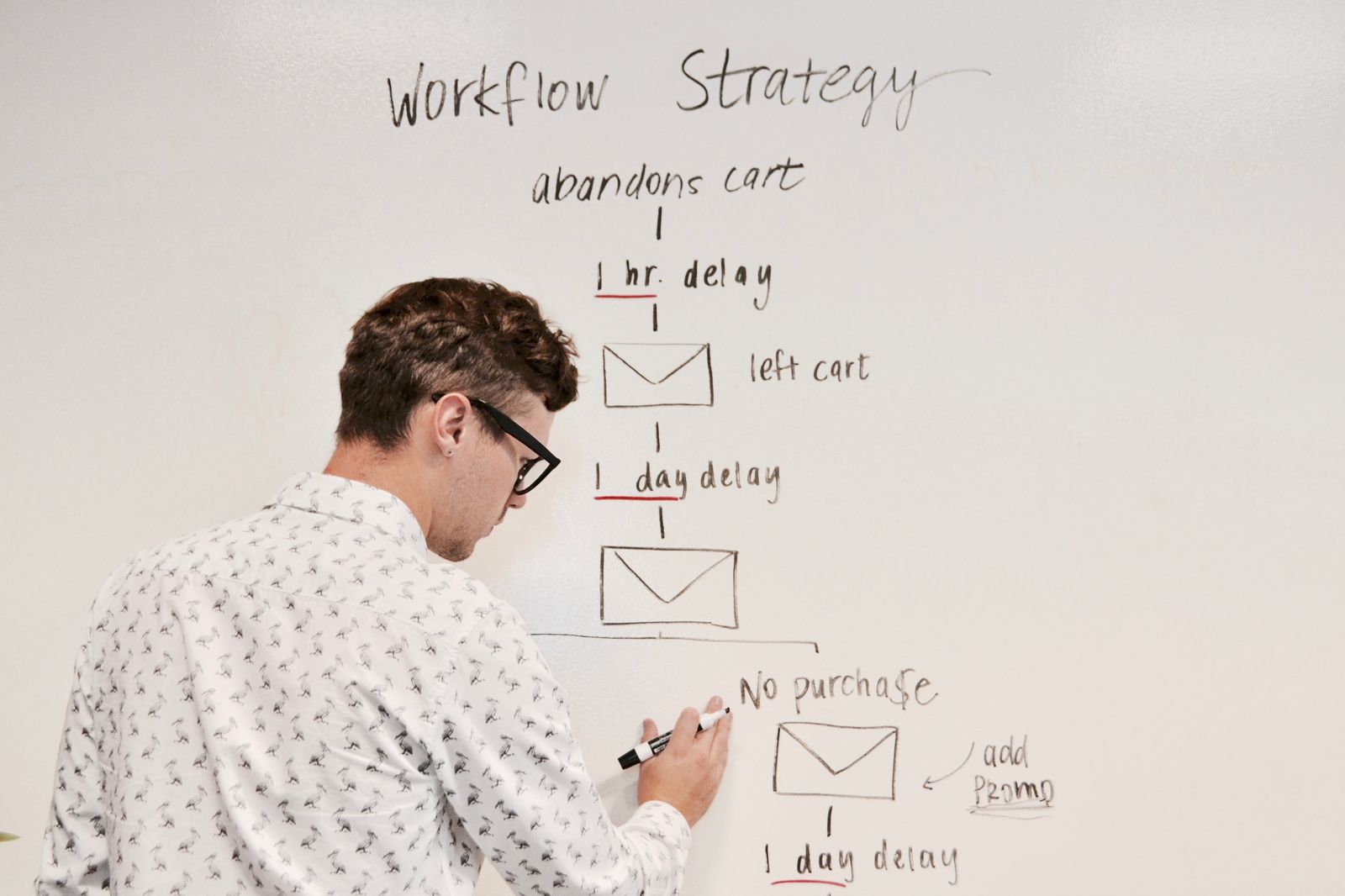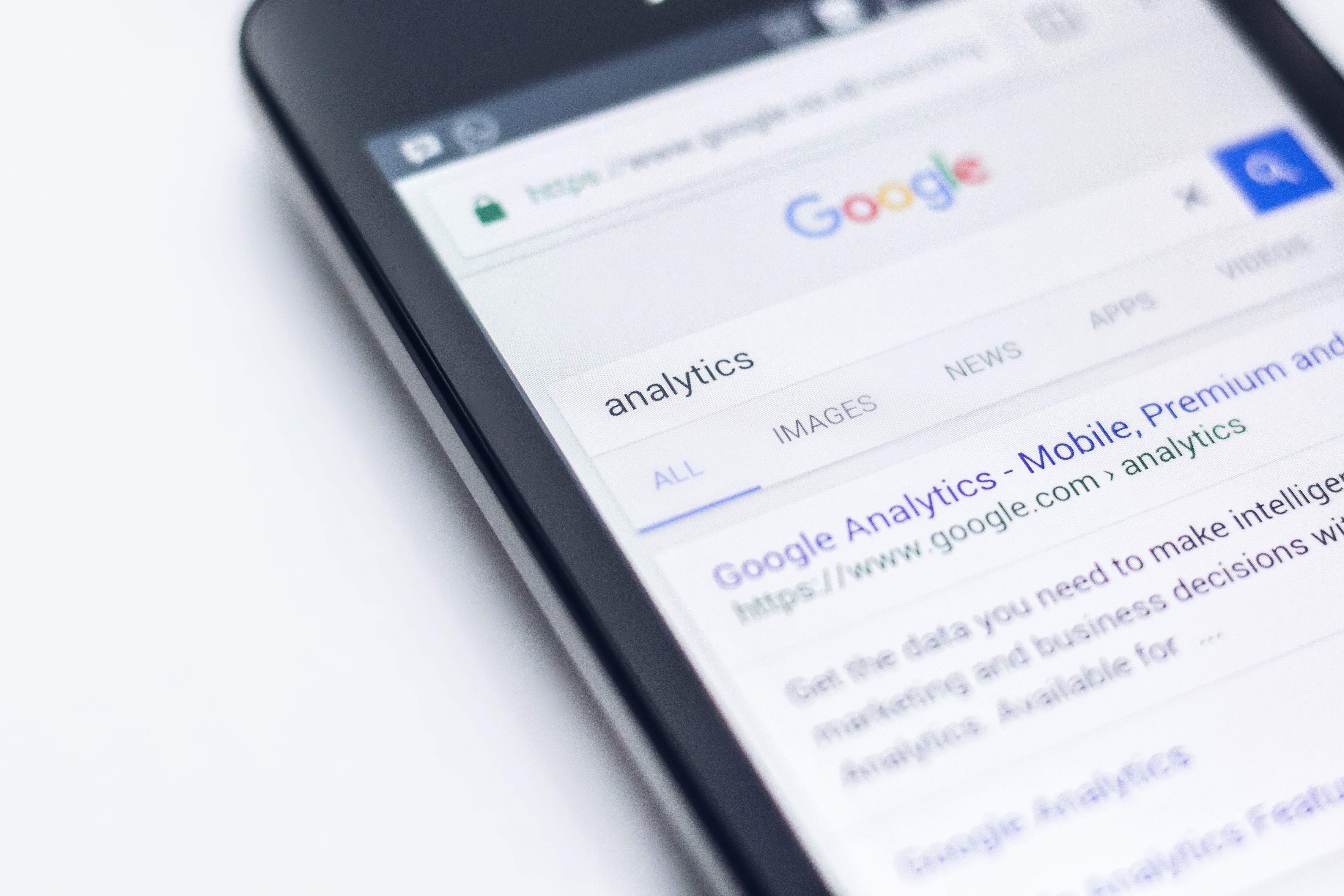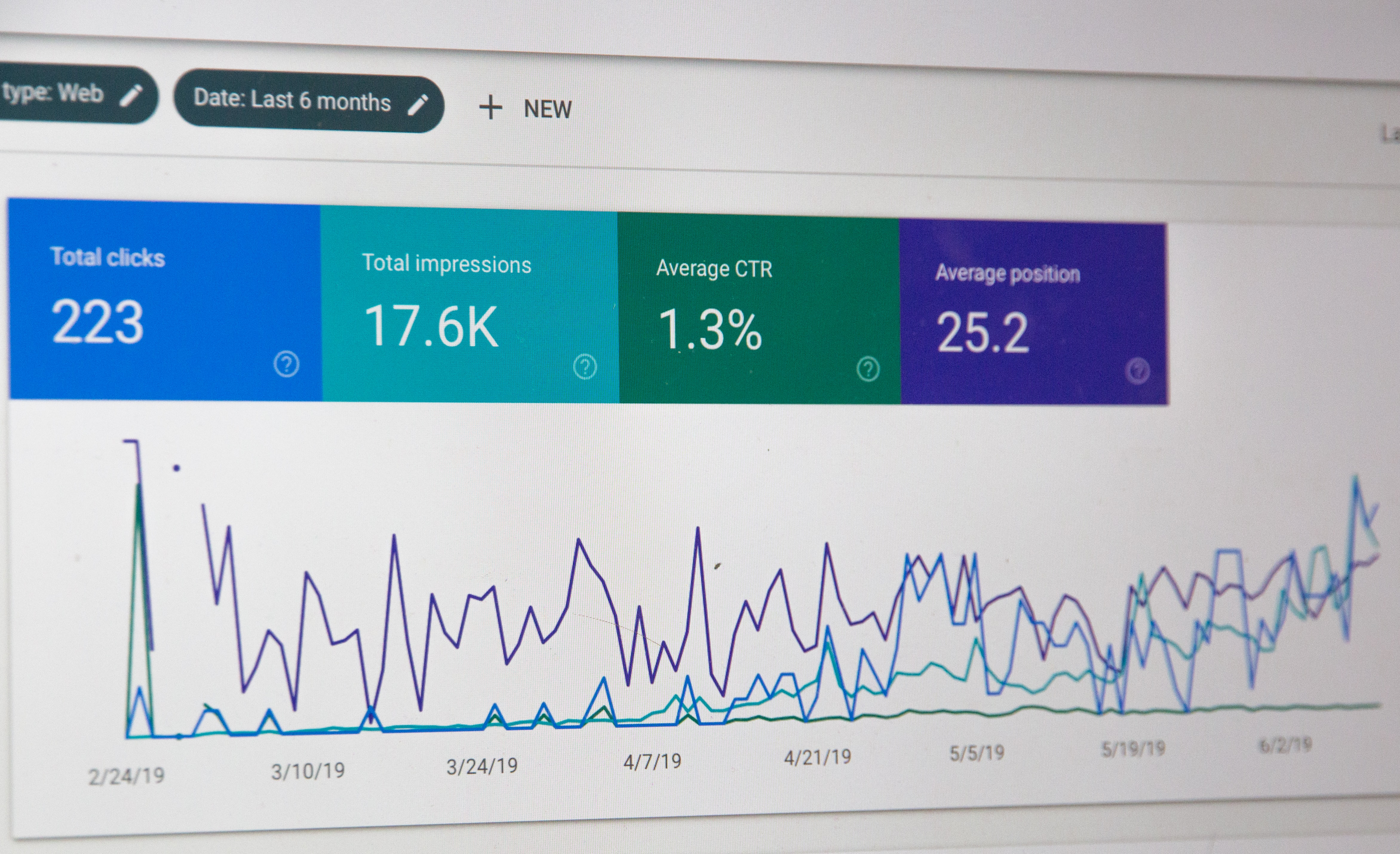Blog Introduction: In recent years, there's been a lot of talk about how artificial intelligence (AI) can be used to generate website content. And with good reason— AI has the potential to revolutionize content creation, making it easier and faster than ever before to produce high-quality, SEO-optimized content at scale.
But while AI can be a powerful tool for content creation, it's not a magic bullet. Certain best practices need to be followed to get the most out of AI-generated content. In this blog post, we'll share seven of those best practices so you can make sure your website's content is up to par.
1. Define Your Goals
Before you start using AI to generate content, it's important to take a step back and define your goals. What do you hope to achieve with your content? Do you want to drive traffic to your website? Increase brand awareness? Boost sales? Once you know what your goals are, you can create content that's specifically designed to achieve them.
2. Know Your Audience
It's also important to know who your target audience is. What are their demographics? What are their interests? What challenges do they face? The better you understand your audience, the better you'll be able to create content that resonates with them—content that they're actually interested in reading (and sharing).
3. Understand SEO
If you want your content to be seen by as many people as possible, you need to understand SEO (search engine optimization). This means creating keyword-rich titles and meta descriptions, using relevant keywords throughout your copy, and formatting your text in an easily scannable way. Luckily, there are plenty of resources available online that can teach you the basics of SEO— including our very own blog post on the subject.
4. Find a Good AI Tool
There are lots of different AI tools on the market these days, so it's important to take some time to find one that's a good fit for your needs. Some things you might want to consider include the tool's features, pricing, and reviews from other users. Once you've found a tool you're happy with, it's time to start generating some content!
5. Write Quality Inputs
One of the keys to generating high-quality output is writing quality inputs. In other words, don't just throw any old thing into the AI tool and expect it to spit out a well-written article—give it something good to work with from the start. This might include well-written articles, blog posts, or even just well-crafted sentences. The better the input, the better the output will be.
6. Edit and Revise as Needed
Once you've generated some initial content using AI, it's important to go through and edit/revise as needed. After all, no one knows your business quite as you do— so no one is better equipped than you are to make sure the final product is up to par. Remember: even if you're using AI to generate content, it still needs that human touch for it too is truly effective.
7. Measure Results and Adjust Accordingly
Finally, once your content is live on your website, it's important to measure results and adjust accordingly. Are people engaging with your content? Are their conversion rates going up? If not, don't be afraid to make changes — whether that means tweaking your approach to content generation or changing up the actual content itself. After all, the only way to get better results is to keep experimenting until you find what works best for you and your business.
Conclusion
Artificial intelligence can be a powerful tool for generating website content—but only if it's used correctly. By following these seven best practices, you can make sure your AI-generated content is high quality, SEO-friendly, and ultimately effective at achieving your desired results. So what are you waiting for? Start using AI to generate better website content today!







